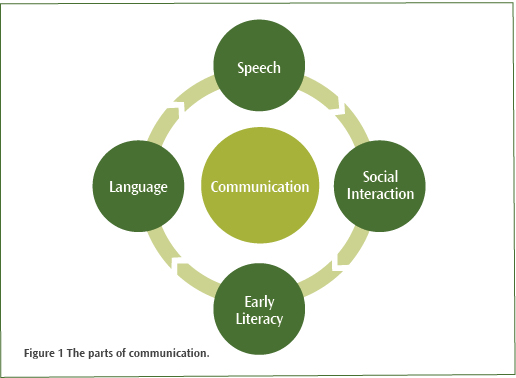Communication: What's Involved?
Communication: What's Involved?
Communication is much more than words. Communication is the way we connect and interact with people. It is part of our identity and culture. It helps us to learn, interact with others and make friends.
Key points to remember about communication
- communication is the way we connect and interact with people
- speech, language, social interaction and early literacy skills are all parts of a child's communication
Why is communication so important for children?
Communication is the way we connect and interact with people. It is part of our identity and culture. It helps us to learn, interact with others and make friends.
Communication involves a range of different skills. Tamariki (children) need to be able to:
- understand what people say to them
- use words and sentences to get their message across
- speak clearly
- understand and use gestures, signs and body language
- look, listen and take turns in a conversation
Speech, language, social interaction and early literacy skills are all parts of a child's communication. These parts develop together and support each other.

How do children develop their communication skills?
Communication is the foundation for learning and development and is possibly the most important skill a child will ever develop. Communication develops over time and tamariki go through stages in their communication. Some tamariki go through these stages quickly and some will take longer.
Communication development varies across languages and cultures. Many tamariki live in homes where more than one language is spoken. This provides an opportunity for them to be multilingual and should be encouraged and valued. It is important for the adults around the child to use the language that they are most comfortable and familiar with as this will provide the best models for the child.1
How can I support my child's communication development?
Tamariki need the adults around them to actively support and encourage their communication development. The more we know about how to support and encourage, the more we can help children develop their communication skills through play and social conversations in real-life situations.
Te Whāriki, the New Zealand Early Childhood Curriculum, says that:
The relationships and environments that children experience have a direct impact on their learning and development.2
You can check the section on speech, language and communication development. You'll find information about typical communication development in young tamariki. It has ideas for supporting their communication development, using their skills and interests. You'll also find suggestions about what to do if you are worried about your child's communication development.
See more information about speech, language and communication development
This page last reviewed 08 December 2023.
Do you have any feedback for KidsHealth?
If you have any feedback about the KidsHealth website, or have a suggestion for new content, please get in touch with us.
Email us now